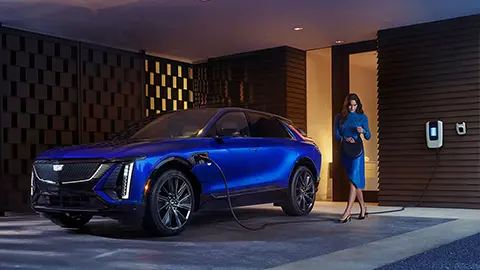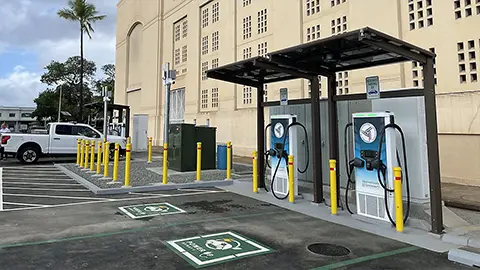World's Largest E-Fuels Plant Will Be in Texas
As we race to reduce emissions around the world, many technologies will play a role in reducing the overall carbon footprint of transportation. While electric and hydrogen cars, which produce zero local emissions, are an important part of the mix, it will take many decades, if not longer, to replace the billions of gasoline and diesel cars on the road. Cleaning up the fuels used by those vehicles could help accelerate the transition to zero emissions, even if it’s not the endgame. E-fuels could help “green” a small portion of gasoline vehicles on the road, letting them run without producing carbon dioxide.
E-fuels are synthetic, and are produced with renewable energy. In theory, they allow combustion engines to be operated in an almost CO2-neutral manner. The largest company in the e-fuels sector is HIF Global, which in 2022 partnered with Porsche to begin producing carbon-neutral fuel using wind power in Haru Oni, Chile. Now, the company is set to take its next big step. The Texas Commission on Environmental Quality (TCEQ) recently issued HIF Global a permit authorizing the construction and operation of a new e-fuels facility in the U.S.

New E-Fuel Facility: Opportunity
Located in Matagorda County, Texas, it will be the largest e-fuel facility in the world. Once it is fully operational in 2027, it will produce approximately 200 million gallons per year of shipping fuel and e-gasoline. HIF Global says that volume will be the equivalent of decarbonizing over 400,000 cars on the road today – a small percentage of the global automotive population, but still a meaningful step towards decarbonization.
The best part about the fuel is that it can be used in vehicles without any modification to engines or the infrastructure on which the vehicles they power depend. You’d still fill up at a gas station, and your car would run as it normally does.
E-gasoline is just one of the products that the new e-fuels facility will be able to produce by following these steps:
- Electrolysers split water into oxygen and green hydrogen using wind power
- CO2 is then filtered from the air and combined with the green hydrogen to produce synthetic methanol
- Synthetic methanol which in turn is converted into e-fuel
Production of the 200 million gallons of carbon-neutral fuel will require approximately 2 million tons of recycled carbon dioxide, and combining it with approximately 300,000 tons of green hydrogen.
During the construction phase, HIF Global estimates that the new facility will create approximately 4,500 direct jobs starting in 2024; once it is up and running, there will be 100 permanent jobs. The company says that the permit completes the review of the facility’s design in accordance with the U.S. EPA’s standards of performance.
New E-Fuel Facility: On the Way to Zero Emissions
While the new facility is an exciting step in the transition to reducing vehicle emissions, 200 million gallons a year will, at least initially, mean e-fuels remain a niche product. Some studies have noted that even at the oil industry’s most optimistic production estimates, synthetic fuels may only be able to fulfill less than 5 percent of the need of the internal combustion cars. Plus, transporting carbon-neutral fuels from one region of the world to another would create significant emissions.
E-fuels are not completely emissions-free, either. While they can achieve zero CO2 emissions, they still produce NOx emissions like other fossil fuels. Even in a large, efficient facility like HIF Global’s, they remain expensive to produce, and will remain so for some time – putting them at an even greater disadvantage to electric vehicles, which offer substantial savings per mile compared to conventional gasoline.
All this means that while e-fuels are a promising technology, they will not be the sole savior of the internal combustion engine. Together with hybrid technology, battery power, and other new developments, they will be one of many tools to help reduce the climate impact of transportation.
With over 250 million vehicles on the road in the U.S., and zero-emissions vehicles currently accounting for just over 5 percent of new-vehicle sales, it will take decades for the entire fleet to be replaced by zero-emissions cars. Those decades will see an interesting mix of several technologies, including e-fuels, which will all have a specific role as we head towards carbon neutrality.
















